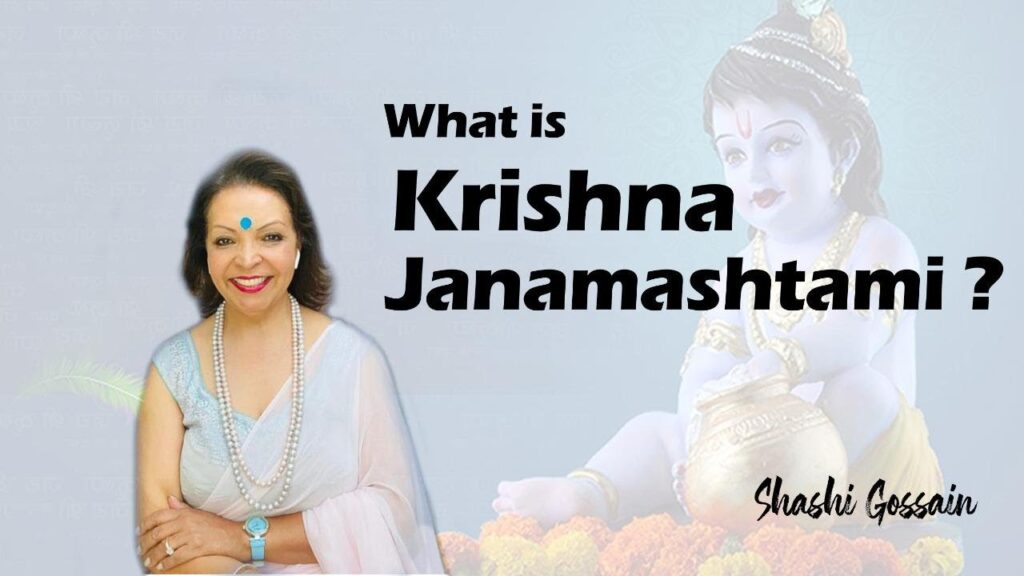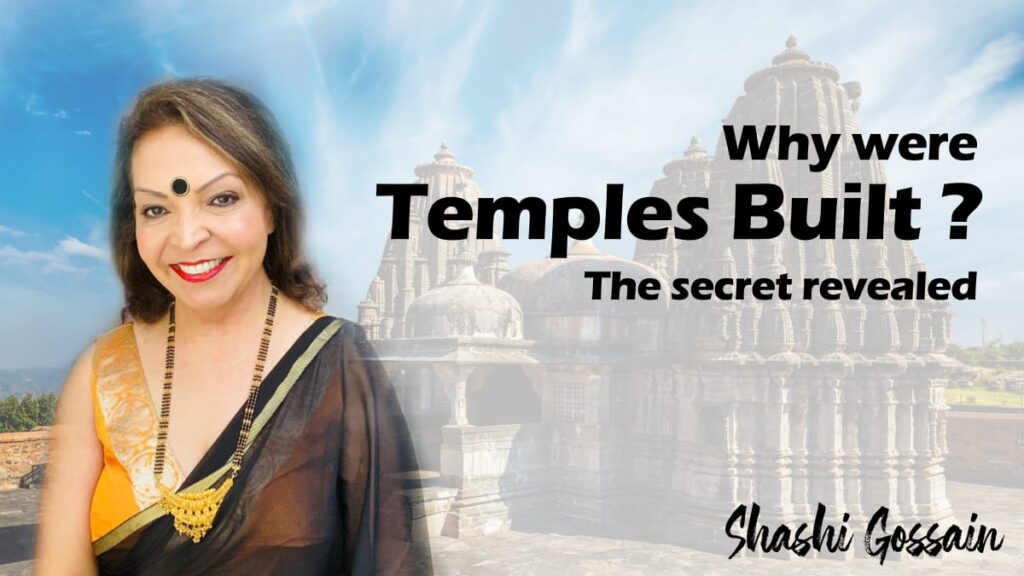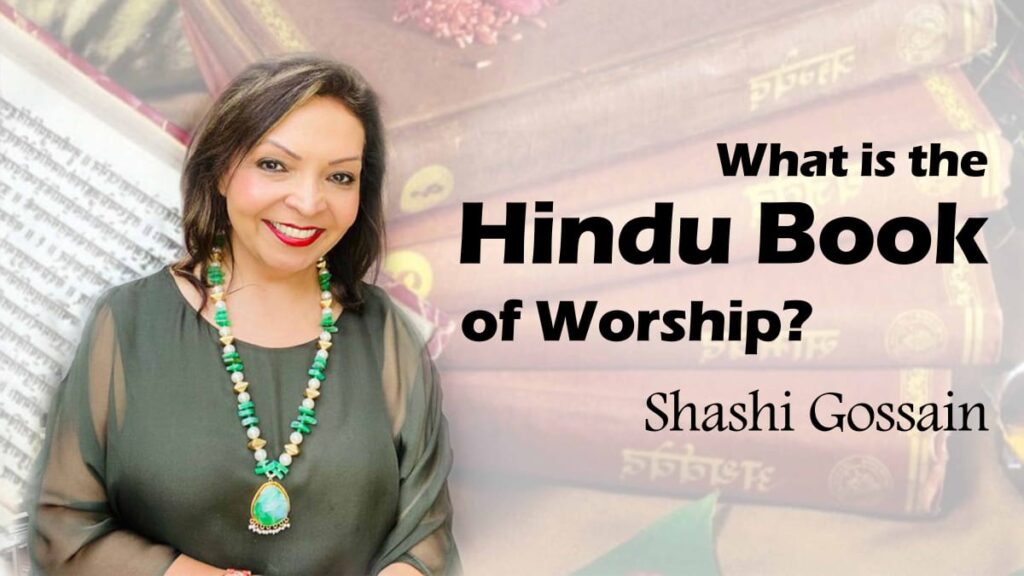Voxengo OldSkoolVerb VST Crack
Hindu religion dates back more than 5,000 years. According to Hindu scriptures, there’s one supreme God, the Brahman, whose various qualities are represented by the multitude of deities, which gave us a focal point for worship. Hinduism has a Trimurti or three facets of the one God.
- Brahma, the creator
- Vishnu the protector
- Shiva the destroyer
This is a cycle of life and all matter. Something has to be destroyed in order for new creations to happen.
What is Krishna Janmashtami? Why did Lord Vishnu take Krishna avatar?
Shri Krishna is the 8th incarnation of Lord Vishnu. He was born in 3228 B.C. Krishna was born in an area & time of chaos.
Lord Vishnu, as the protector of the universe incarnates himself to restore the balance good over evil.
It was a time when persecution was rampant, freedoms were denied, evil was everywhere, and when there was a threat to his life by his maternal uncle King Kansa.
He was born on Ashtami (8th day of the month) in the holy month of Shraavana, which falls in August/September.
He was the eighth son of Vasudeva and Devaki, the sister of Mathura’s brutal King Kansa. When Kansa learned about the prophecy that Devaki’s eighth son would be the cause of his death, he locked up both Vasudeva and Devaki in a prison cell.
Each of their children met with the same fate: death in the hands of Kansa.
As per the instructions of a divine voice, Vasudeva carried Krishna on his head and walked all the way from Mathura to Vrindavan which was to be a safe haven for the new born child. Yashoda and Nand took care of Krishna during his childhood days in Vrindavan.
Krishna’s acts of mischief and heroism, his encounter with Kansa and other monsters, his fame as Makhanchor (one who steals butter), etc. are popular across the country.
Krishna Janmashtami, also known as Janmashtami, is an annual Hindu festival that celebrates the birth of Krishna.
How Krishna Janmashtami is celebrated?
People:
- Keep a fast, drinking only water & eating fruit
- Sing devotional songs of love for Krishna
- Prepare & share special food
- Visit Krishna or Vishnu temples, that are especially decorated for the event
- Keep a vigil throughout the night
- Temples organise recitation of Bhagavad Gita
The main ritualistic puja & Arti is done at midnight. Different varieties of fruits and sweets are first offered to Krishna and after the puja, these sweets are distributed among the visitors.
After Krishna’s midnight hour birth, statues of baby Krishna are washed and clothed, then placed in a cradle. The devotees then break their fast, by sharing food and sweets.
Women draw tiny footprints outside their house doors and kitchen, walking towards their house, a symbolism for Krishna’s journey into their homes to shower his blessings on its inhabitants.
Other celebrations include:
What is the meaning of Raslila?
Rasa Lila
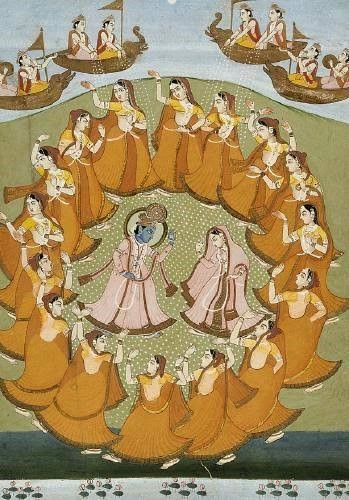
Many communities organize dance-drama events called Rasa Lila, meaning “play of delight” which are acted by teams of amateur artists.
Youngsters would get involved in preparing skits and through dance-drama, they would portray the chronicles of Krishna’s life.
This is expressed as solo or group dance and drama, wherein Krishna related songs are sung, accompanied by music, while actors and audience share and celebrate the performance by clapping hands to mark the beat.
The childhood pranks of Krishna and the love affairs of Radha & Krishna are particularly popular.
These love stories are Hindu symbolism for the longing and love of the human soul for the divine Absolute, The Brahman.
There are contemporary performance arts e.g., Bhakti Yoga in Assam.
Manipuri Dance-What is the main theme of Manipuri dance?
Manipuri dance is a classical dance from Manipur, which portrays the love story of Krishana/Radha is very popular theme.
Dahi Handi- Why is Dahi Handi celebrated?
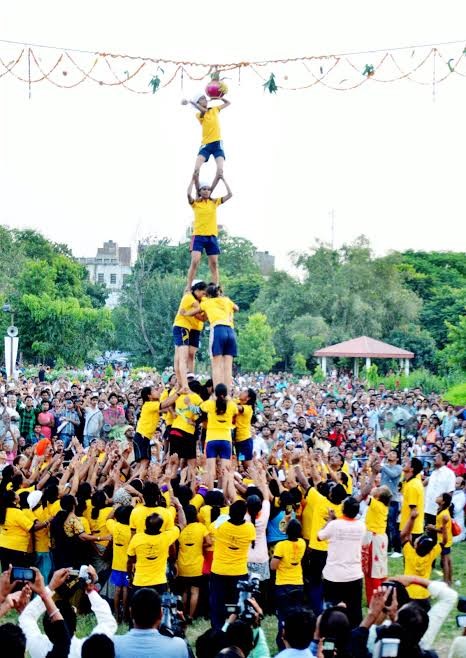
Janmashtami in Mumbai is one such event where Mumbai is an amazing celebration. The celebration is called Dahi Handi
The term Dahi Handi literally means “earthen pot of yogurt”. The festival gets this popular name from the legend of baby Krishna. According to it, he would seek and steal milk products such as yogurt and butter and people would hide their supplies high up out of the baby’s reach. Krishna would try all sorts of creative ideas in his pursuit, such as making human pyramids with his friends to break these high hanging pots.
This story is the theme of numerous reliefs on Hindu temples across India, as well as literature and dance-drama repertoire, symbolizing the joyful innocence of children, that love and life’s play is the manifestation of God.
There’s a community tradition on Janmashtami, where pots of yoghurt are hung high up, sometimes with tall poles or from ropes hanging from the second or third level of a building.
Per the annual tradition, teams of youth and boys called the “Govindas” go around to these hanging pots, climb one over another and form a human pyramid, then break the pot.
Girls surround these boys, cheer and tease them while dancing and singing. The spilled contents are considered as Prasada.
It is a public spectacle, cheered and welcomed as a community event. In contemporary times, many Indian cities celebrate this annual Hindu ritual. Youth groups form Govinda pathaks, which compete with each other, especially for prize money on Janamashtami. These groups are called mandals or handis and they go around the local areas, attempting to break as many pots as possible every August. Social celebrities and media attend the festivities, while corporations sponsor parts of the event. Cash and gifts are offered for Govinda teams, and according to the last survey in 2014 over 4,000 handis in Mumbai alone were high hung with prizes, and numerous Govinda teams participated.
Mathura, the city where Krishnaji was born, is lit up & the celebration here takes place in two parts:
Jhulanotsav
In this customary practice, Krishna’s devotees place the lord’s idol on a swing (jhulan) in the courtyards of their house and in temples to mark his birth.
Early morning, the ceremony of Abhishek or anointment takes place where the idols are bathed in milk and honey and embellished with new clothes and ornaments.
Ghatas
As a part of this tradition, all the temples in the region are adorned following a similar colour scheme.
The Krishna Janmasthan Temple Complex is the main collection of Hindu temples in the area where Krishna was believed to have been born. The sounds of the devotees’ chants, the conches, and temple bells reverberate through the lanes of Mathura.
In Vrindavan, 15 km away from Mathura is where Lord Krishna grew up.
Today, there are over 4000 temples in Vrindavan.
It is also in the forests of Vrindavan where Krishna had played around with the gopis and Radha and performed Ras Leela (romantic dance).
Celebrations in the town commence 10 days before the lord’s birth date. The entire town is lit up throughout this period, with temples being adorned and Ras Leela being performed everywhere.
Dwarka was the kingdom of Lord Krishna after he left Mathura, which is one of the char dhams (four sites) of the Hindu Pilgrimage.
Janmashtami celebrations are held here with great vigor. Mangal Aarti is performed in every corner of the town.
After the aarti at midnight, night-long celebrations characterized by bhajans, Ras Leela, and Gujrat’s famous garba events take place.
Gokul is the place where Vasudev left his new born child under the guardianship of Nanda and Yashodamai.
As Krishna was brought here after his midnight birth, the residents of this historic town celebrate Janmashtami a day after the whole country.
Janmashtami, therefore, is also known as Gokulashtami. The place is filled with stories of Krishna’s mischiefs and bravery as a child.

